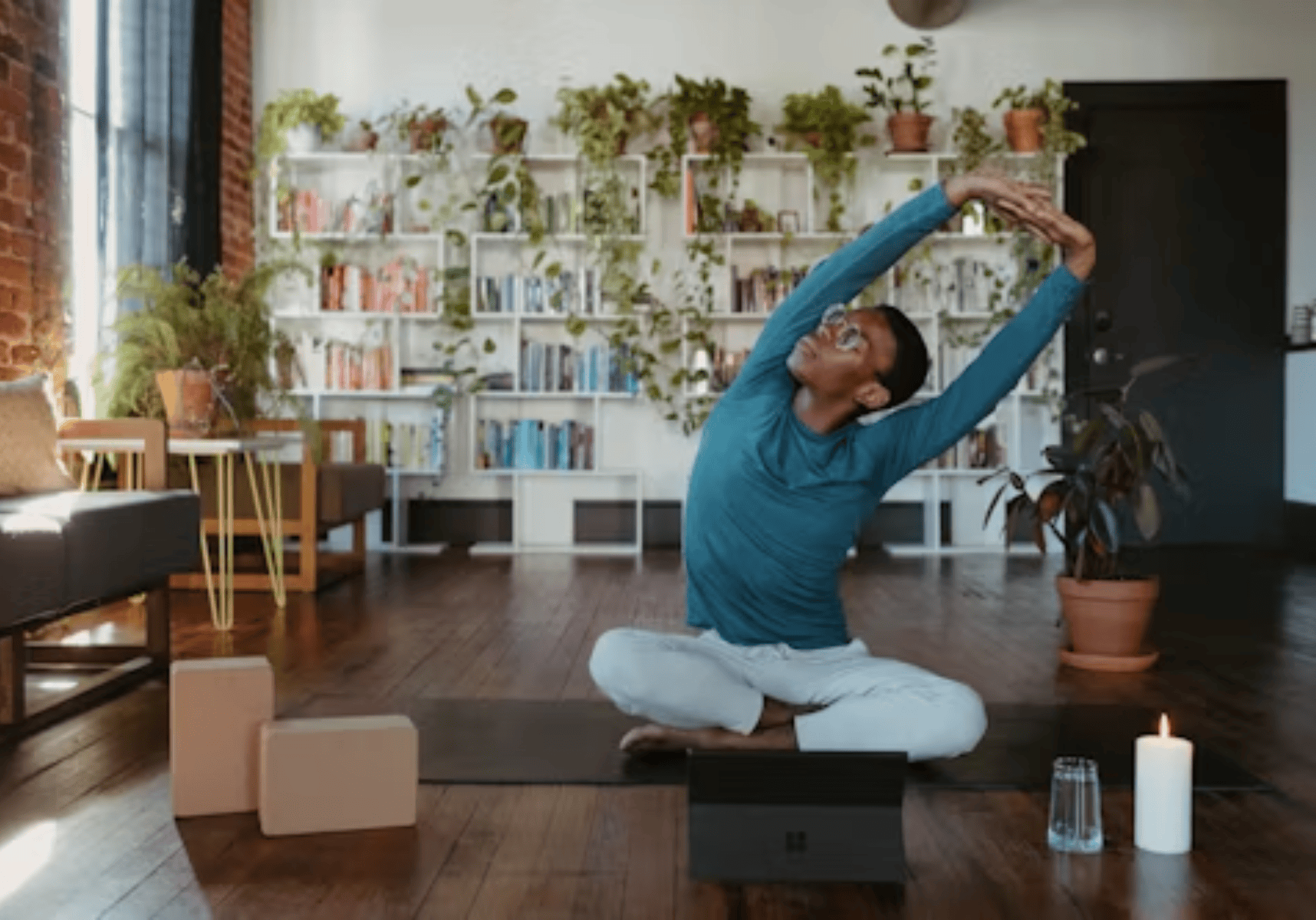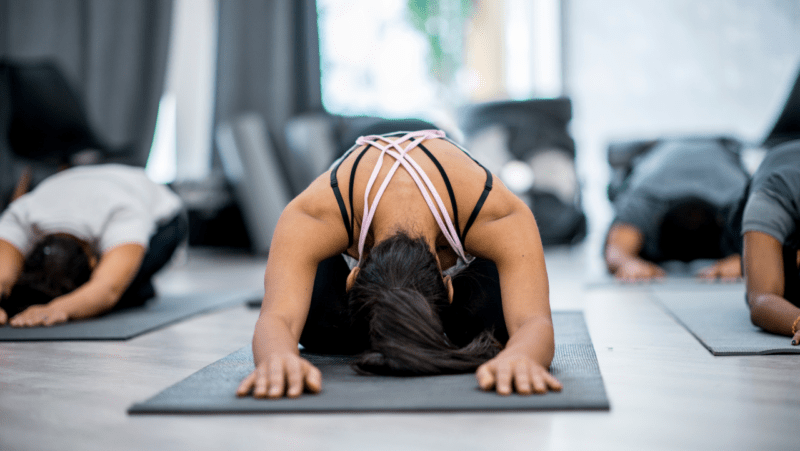Sponsored Article

How Yoga Helps Reduce Stress at Work: Daily Practices for Office Workers
The UK is a country of high standards and diverse opportunities concerning job offers. Today, people seek a job that can be both intriguing and profitable, opening doors to numerous possibilities.
Reading time: 5 minutes
Some job seekers try to leverage their skills and knowledge within the healthcare system, looking for medical networks and job offers in reputable hospitals. Some people want to help Ukrainian refugees, seeking Ukrainian-interpreter roles to help immigrants settle and find a job, rent an apartment, or request some services in the UK.
It does not matter what jobs you are searching for. They are all demanding and stressful for emotionally unprepared candidates. Even though you can find a dream job at Jooble that will bring largely positive emotions, burnout is still possible due to the pressure of responsibility, tough deadlines, economic swings, and various unpredictable situations. How can yoga manage all this? Find the answer below:
Why Yoga?
The roots of yoga date back to pre-civilisation and even pre-religion times. The title itself means “union”. In other words, yoga is not a set of exercises that a person follows. It is a holistic system that merges body and mind into one harmonic whole. So, when practicing yoga, people can manage their thoughts, regulate their breath, slow down their heart rhythms in stressful situations, and reduce muscle tension.
While most people grab a handful of pills to calm down and manage panic attacks and anxiety, yogis usually cope with these conditions with the help of the right breathing technique and exercise. For office workers, it is not only a relaxation method but also a way to care for their bodies. While most of them slouch and suffer from headaches due to muscle tension and poor blood circulation, yoga can improve posture, reduce back pain, and increase flexibility. Yoga can also become their best tool to regulate emotions.
How Can Yoga Assist Office Workers?
Those who practice yoga regularly can enjoy the following benefits while working in the office.
- Stress and anxiety are less prevalent among mindful individuals. Yogis investigate their feelings and find solutions via breathing techniques.
- Yoga techniques stimulate brain activity, improving concentration and memory retention.
- Body stretching makes muscles stronger and enhances flexibility. It is essential for office workers who are used to sitting at their computers for many hours to suffer from neck and back pain.
- Today, people report trouble sleeping. Yoga improves its quality, letting the body restore the required energy and enhance focus. Due to this, individuals experience improved health outcomes, as stress and depression have little chance to harm them.
- Reduced stress and improved body strength lead to enhanced immunity as the organism has a higher chance of coping with the virus faster.
Additionally, if a team of workers decides to practice yoga together, it can become an effective team-building tool. Moreover, you can offer yoga techniques to your clients if they are panicking or are stressed and cannot manage their overwhelming emotions.
What Exercises are the Best for Stress Combating
The hardest thing is not to start something but to turn a one-time action into a healthy habit. Yoga integration is not a hard thing to do. However, not all exercises are appropriate for in-office practising, like “cobra” or “downward dog”. The best approach is to do short exercises in between complex tasks. These are the most suitable in-office exercises.
- Seated stretches. Even though people usually associate yoga with carmates and sports clothing, you can practice stretching everywhere. While sitting at the desk, roll your neck, make cat-cow poses, shrug your shoulders, and stretch your wrist and fingers. You should do that slowly, supporting each exercise with slow and deep breaths.
- Mindful breathing. When something stressful or exhausting happens, try to take a couple of deep breaths. Sit straight and breathe deeply and slowly, inhaling through your nostrils and exhaling through your mouth. Place your hands on your chest and belly to feel the air entering and leaving your body. Another breathing technique is 4x4, where you breathe in for 4 seconds and hold the air for the same time. After exhaling within 4 seconds, wait for another 4 seconds to start the second round.
- Walking meditation. Take off your shoes if possible. Mute your smartphone and walk slowly from your desk to another, letting your mind focus on sensations. Breathe slowly. You can do that with closed eyes if possible.
There are many other exercises that you can try at your office, even with your colleagues or clients.
Takeaways
Yoga is something that everyone can embrace. It doesn’t require specific skills and equipment. All you need is a 5-minute break and silence to focus on your breath and sensations. Yoga can increase your concentration and help you and your clients manage stressful situations more effectively.





